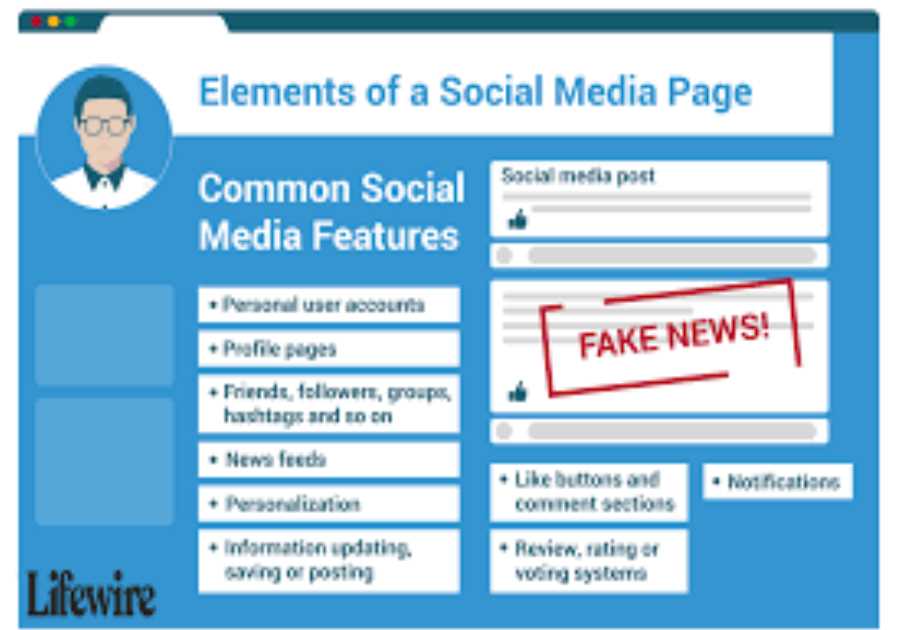
Getting a new piercing is thrilling. Whether it’s your first sparkle on a lobe or a bold new addition to your cartilage, that fresh piece of jewelry represents a new chapter in your style. But as any seasoned piercer will tell you, the moment the needle is retracted, the real work begins. Your new piercing is a fresh wound, and how you treat it over the next six weeks determines not only whether it heals successfully but also how beautiful it looks for years to come.
Many people underestimate the commitment of proper piercing care. They treat it like a beauty appointment when it’s truly a minor surgical procedure. The healing journey is a marathon, not a sprint, and following a diligent routine is the single most important factor. If you’re looking for comprehensive instructions for new piercings, especially for children’s initial jewelry, starting with reliable ear piercing aftercare guidelines is essential. Understanding the timeline and commitment required is the key to minimizing complications and irritation bumps. For many common piercings, the initial six-week period is critical—it’s when the fragile tissue channel forms and stabilizes.
Here is your detailed timeline for navigating the first six weeks of healing.
Phase 1: The Critical First Week (Days 1–7)
The first seven days are all about shock absorption and injury control. Your body is mobilizing its defenses, leading to initial swelling, redness, and some clear or whitish discharge that forms crusts. This is normal, but the way you manage it sets the tone for the rest of your healing time.
The Golden Rules:
Hands Off: Aside from cleaning, do not touch, twist, rotate, or fiddle with your jewelry. Every time you touch it, you introduce bacteria and disrupt the healing fistula (the skin channel forming around the jewelry).Saline Only: Forget the outdated advice about rubbing alcohol, hydrogen peroxide, or self-mixed salt solutions. These harsh chemicals do more harm than good by killing the healthy cells your body needs to heal. The only thing you should use is a sterile saline wound wash (with 0.9% sodium chloride and water as the only ingredients).Clean Twice Daily: Spray the front and back of the piercing with the sterile saline solution. Allow it to sit for a moment to soften any crusty matter, then gently pat the area completely dry with a clean paper towel or non-woven gauze. Do not leave the area damp, as excess moisture encourages bacterial growth.Phase 2: Building Stability (Weeks 2–4)
By week two, the initial soreness usually subsides, which can trick people into thinking they’re in the clear. Don’t be fooled. The outside looks good, but the inside is still a fragile work in progress. Consistency is paramount during this stage.
Focus on Habits:
Avoid Pressure: The biggest threat to a healing piercing is pressure. If it’s an ear piercing, avoid sleeping on that side entirely. Use a travel pillow and place your ear in the center hole—this is a life-saver for cartilage piercings like the helix or conch.Keep It Dry: You can shower as normal, but rinse all soap, shampoo, and conditioner residue away thoroughly. Crucially, do not submerge your piercing in water bodies like swimming pools, hot tubs, or lakes for the entire six-week period (and often longer).Watch Your Gear: For ear piercings, be mindful of glasses, headphones, and hairbrush bristles. For body piercings, ensure your clothing is loose and breathable, preventing friction.Phase 3: The Downsize Checkpoint (Weeks 5–6)
For most earlobe piercings, six weeks marks the end of the initial swelling phase. Cartilage piercings will still require several months (6–12 months is common), but the six-week mark is still critical for them as well.
The primary goal at this point is the “downsize.”
When you were first pierced, the jewelry post was intentionally long to accommodate swelling. Once that swelling is gone, the extra length can move around and cause micro-trauma, leading to the dreaded “piercing bump” or irritation. At or around the six-week mark, you need to visit your professional piercer to have them swap the long post for a shorter, fitted one. Do not attempt to do this yourself, and do not remove the jewelry entirely.
A successful downsize stabilizes the piercing and speeds up the next phase of healing.
When to Consult a Professional
Healing is not always a straight line. Sometimes a piercing becomes irritated or, less commonly, infected.
Irritation is often caused by friction, pressure (sleeping on it), or improper cleaning. Symptoms usually include a small bump or localized redness and tenderness. The solution is usually correcting your aftercare routine and eliminating the source of trauma.
Infection is more serious and requires medical attention. Look for:
Excessive pain, swelling, or heat that gets worse over time.Thick, dark yellow or green pus (not the normal whitish crust).Red streaks radiating from the piercing site.Fever.If you suspect an infection, see a medical doctor. For any concerns about the jewelry, irritation bumps, or general aftercare questions, your professional piercer is always the best person to consult.
The six-week window is the foundation for a healthy piercing. By committing to a simple, consistent aftercare routine—clean it, dry it, and don’t touch it—you give your body the best possible chance to heal successfully. Remember that patience is your most valuable aftercare product.
For additional, reliable guidance on keeping your new body piercing healthy, you can consult resources like the Association of Professional Piercers or the American Academy of Dermatology.
The post Tips on the 6 Weeks of Healing After Receiving a Piercing appeared first on Social Media Explorer.
Did you miss our previous article...
https://socialmediaamplification.com/social-media-analysis/how-a-custom-outdoor-kitchen-can-boost-your-homes-value






